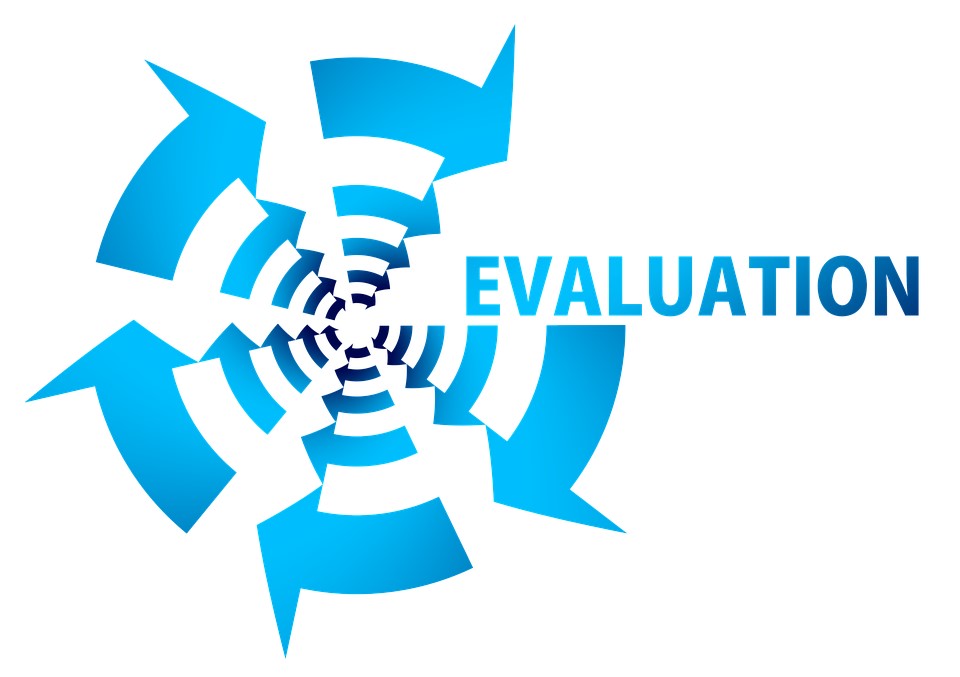
Assess Change Readiness to Know Where You Stand
We think of change management as the proven tools, techniques, and processes to effectively manage the people side of change. We think of change readiness as how ready an organization is to undertake a change. From our perspective, it is critical to assess change readiness because:
Lessons from Previous Change Leaders
The people who oversee change often have an overly rosy view of their change initiative. Change post mortems find that many change leaders were woefully unaware of the internal difficulties that the change presented to people in their organization. In hindsight, change sponsors report making unrealistic assessments of employee morale, psychological safety, cultural barriers, people’s ability to change, leadership’s commitment, and internal politics.
Where Are Your Change Blind Spots
We know from our change management simulation data that the common ways an organization resists or responds to change are not obvious to everyone in an organization. These organizational blind spots then get in the way of establishing an effective change initiative. When you assess change readiness correctly, you should get a clear picture of how each part of the organization defines, acts on, and responds to change.
The results should help define and focus the attention of your change leaders on the biggest internal challenges and the key areas to leverage.
Is Your Organization Ready for Change?
Experienced change leaders know that organizational change never begins with a blank slate. The history of the organization, its previous experience with change, and its organizational culture and corporate values all determine how it goes about changing from the old to the new. Setting the course for successful change means exploring the organization’s current capability to change by rigorously assessing the various levels of:
The Bottom Line
Organizations need to know where they are to decide what must change. Consider your change readiness assessment as a way to take the organization’s “temperature,” its capability, and orientation toward achieving successful change. Assess change readiness early and often in the change process to better lead change and anticipate and respond to obstacles of change.
To learn more about how to change the hearts and minds of those most affected by organizational change, download the 5 Science-Backed Lenses of Change that Leaders Must Get Right
Explore real world results for clients like you striving to create higher performance